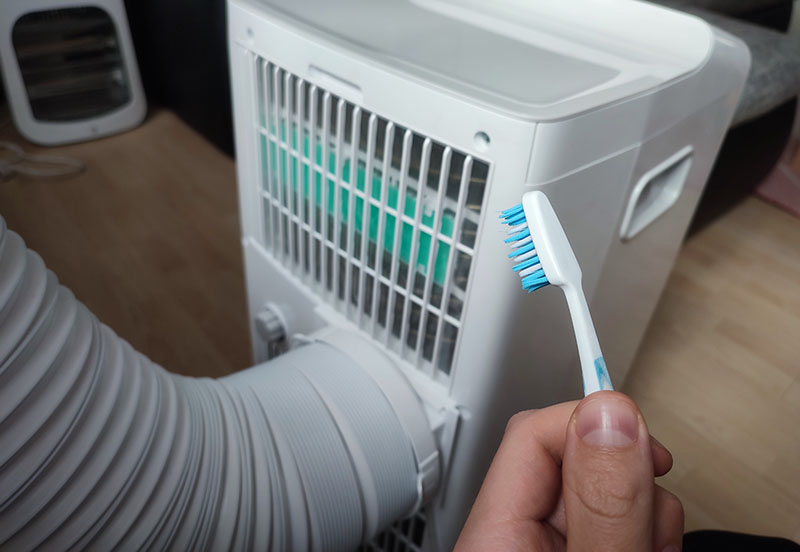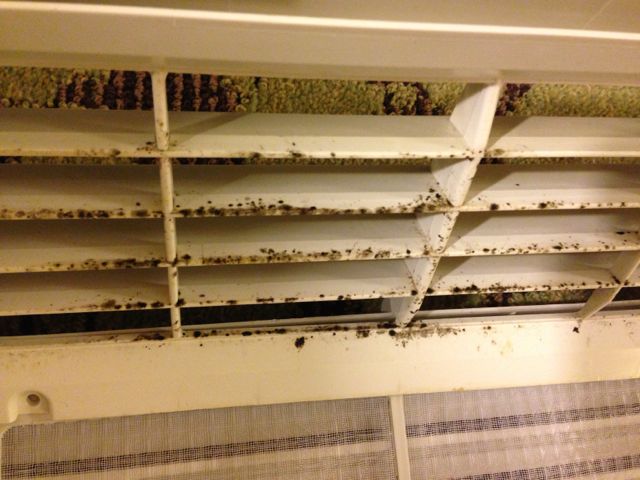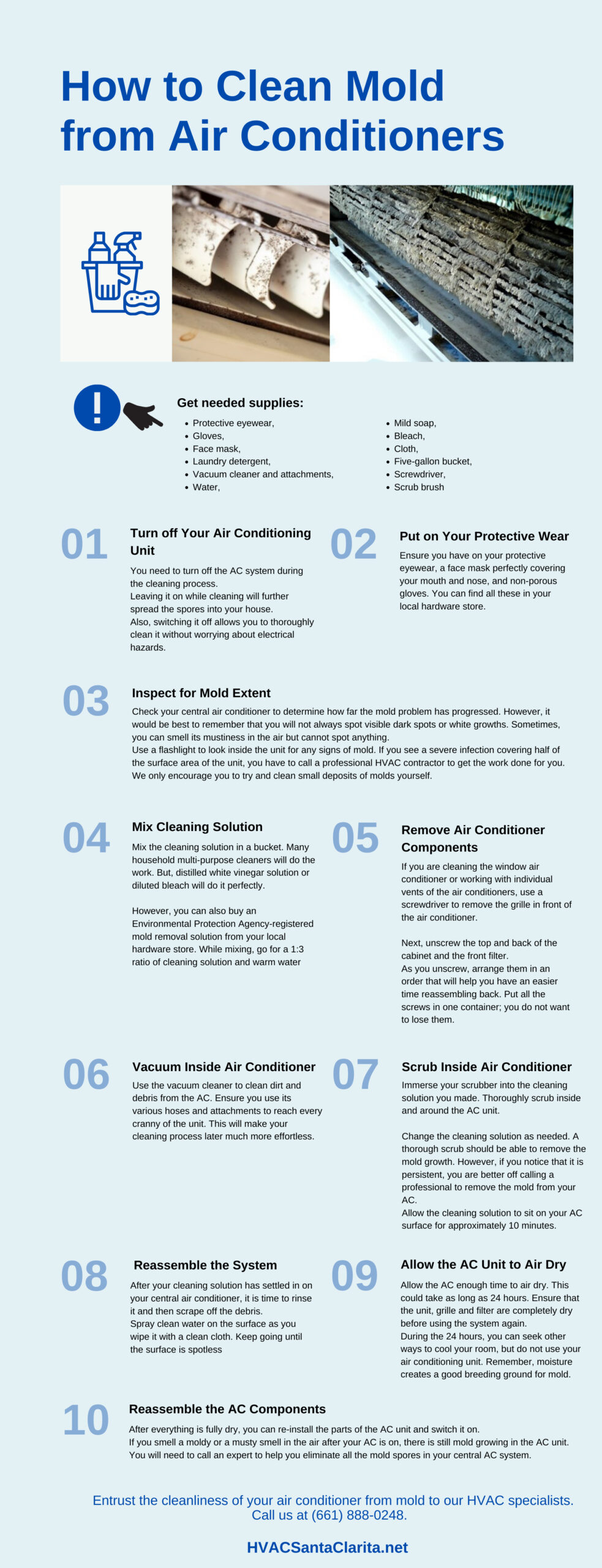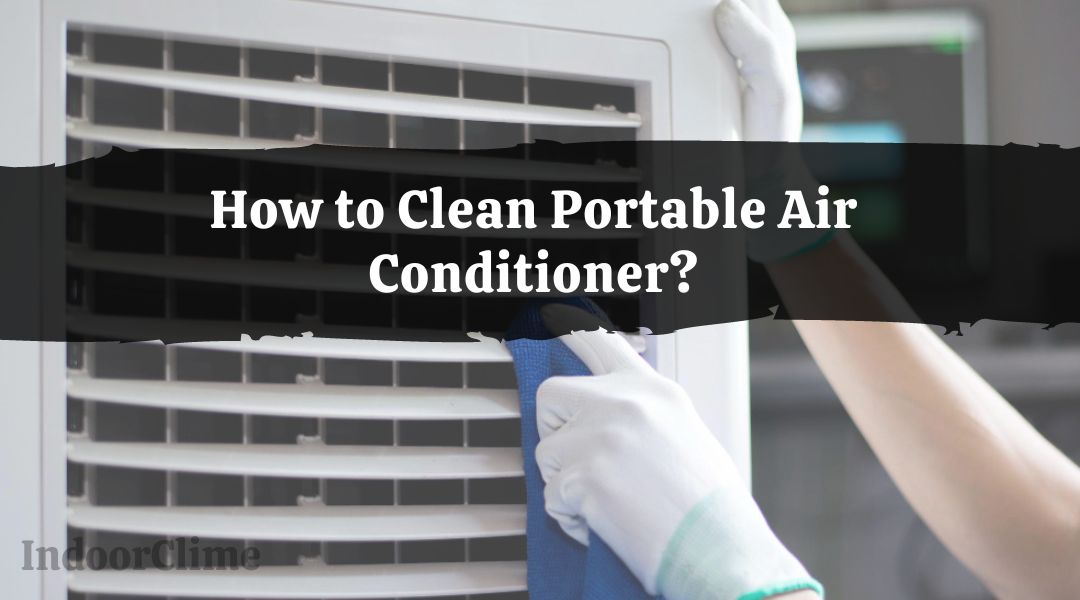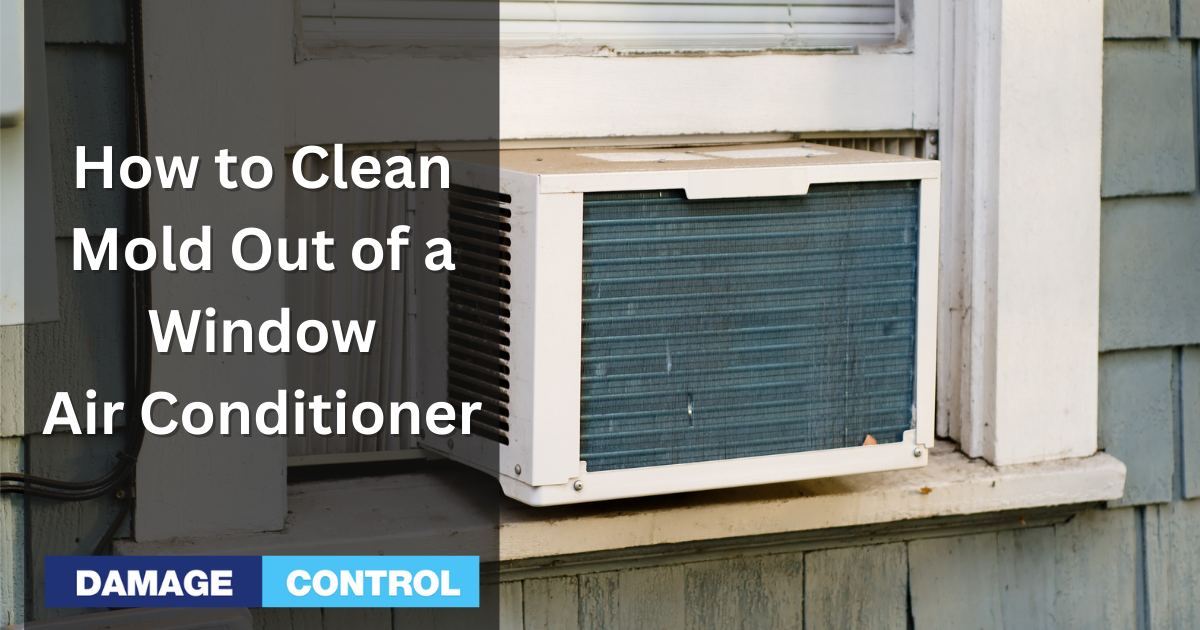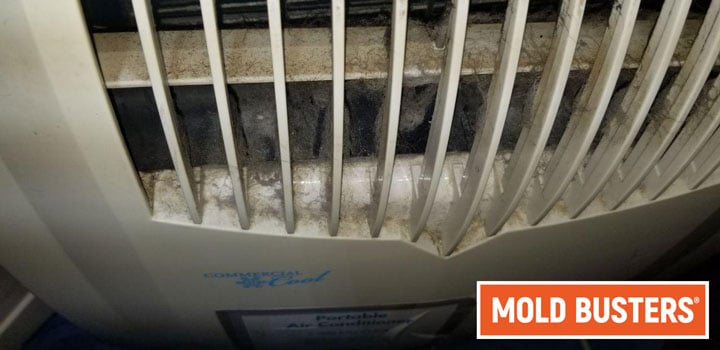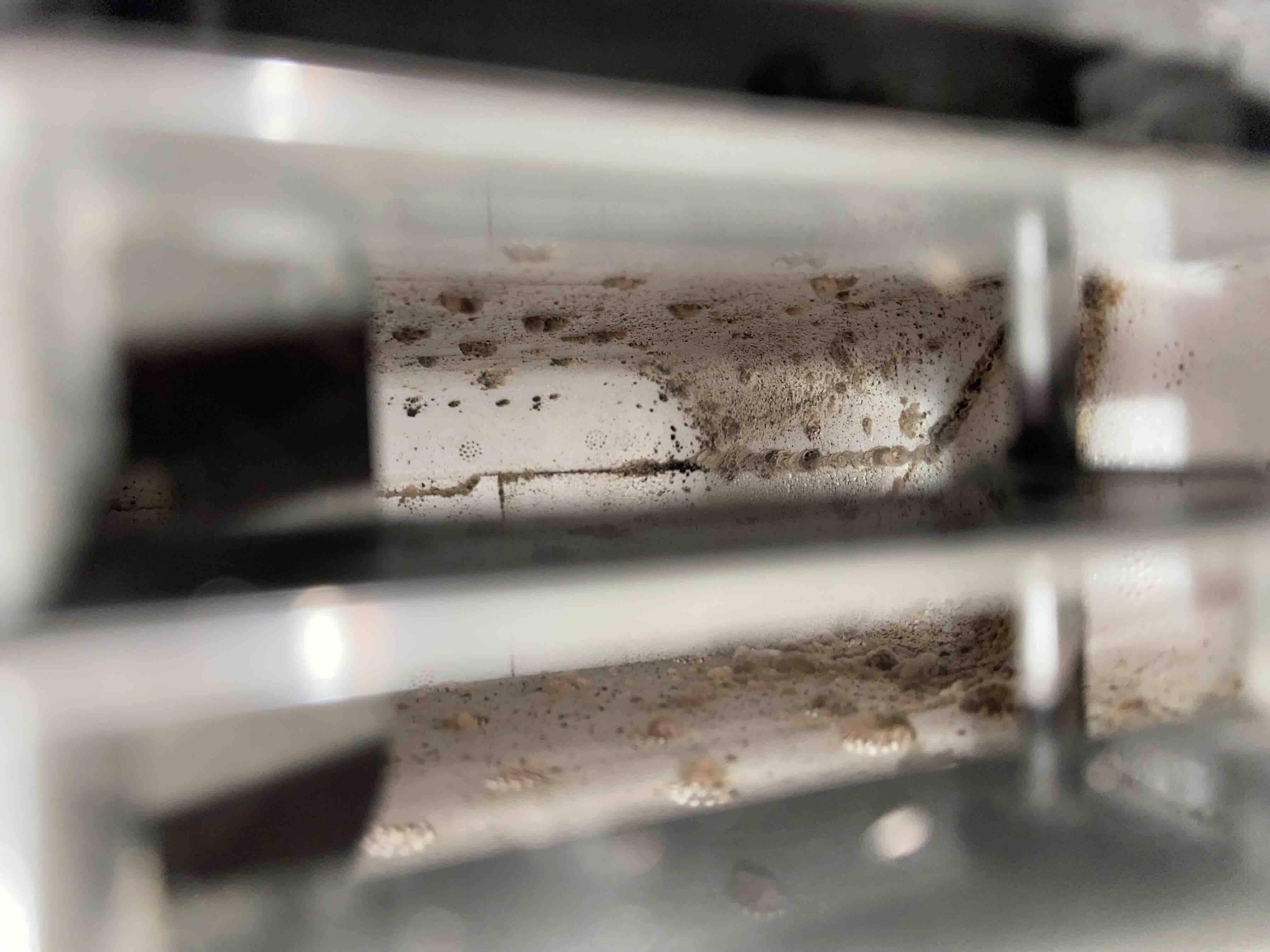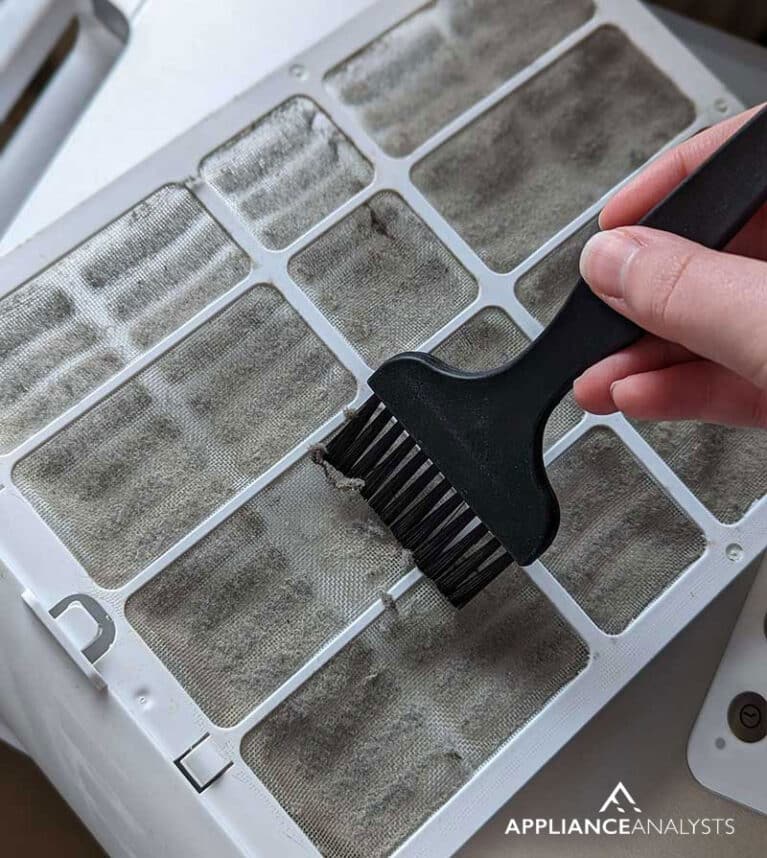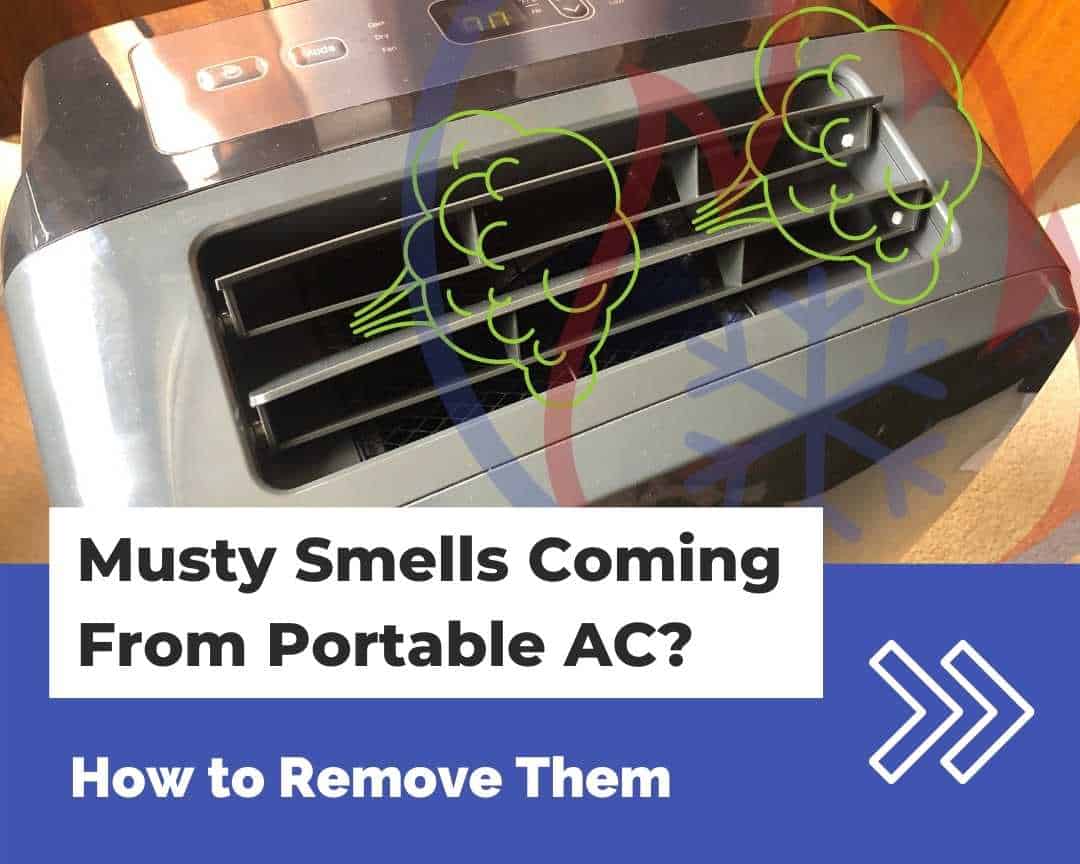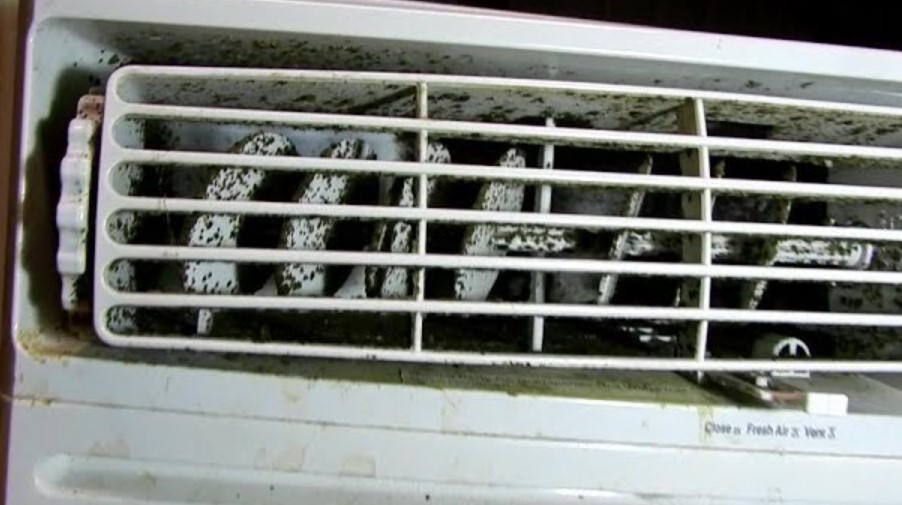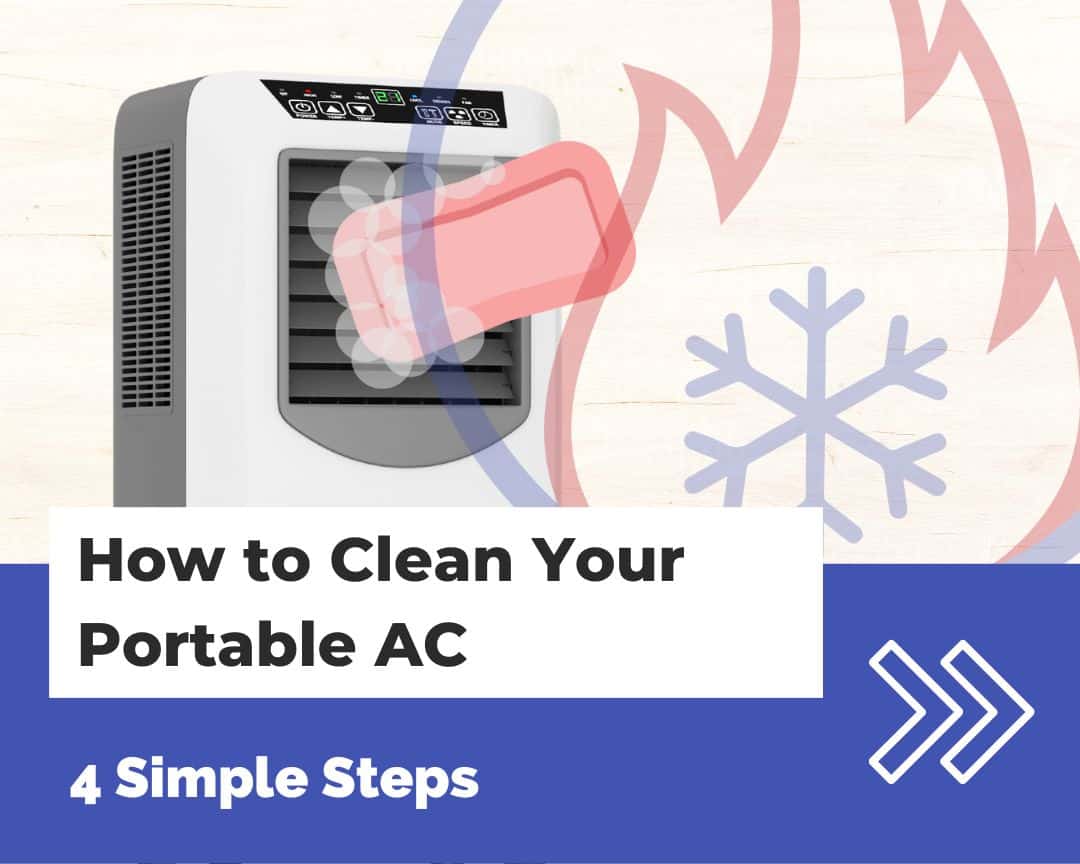How To Clean Portable Air Conditioner Mold

Mold growth in portable air conditioners is a common problem, often stemming from moisture buildup within the unit. Addressing this promptly is crucial not only for the unit's efficiency but also for maintaining healthy indoor air quality. Understanding the proper cleaning procedures can help homeowners and renters effectively manage and eliminate mold, preventing potential health issues and extending the lifespan of their cooling devices.
This article provides a comprehensive guide on how to safely and effectively clean mold from portable air conditioners. It outlines the necessary steps, cleaning solutions, and precautions to ensure a thorough cleaning process while minimizing the risk of exposure to mold spores. By following these guidelines, users can safeguard their health and enjoy a cleaner, more efficient cooling experience.
Identifying Mold and Preparing for Cleaning
The first step is to identify whether mold is present. Look for dark spots, discoloration, or a musty odor emanating from the air conditioner, especially around the vents and cooling coils. Visible mold is a clear indicator, but the smell alone can also suggest its presence, even if it's not immediately visible.
Before you begin, gather your supplies. You'll need: Gloves, a mask, safety glasses, a screwdriver, a vacuum with a hose attachment, a soft brush, and cleaning solutions (either a commercial mold remover, diluted bleach solution - 1 part bleach to 10 parts water - or a mixture of vinegar and water).
Safety is paramount. Always wear gloves, a mask, and safety glasses to protect yourself from mold spores and cleaning chemicals. Choose a well-ventilated area for cleaning, preferably outdoors, to minimize exposure to airborne particles.
Disassembling and Cleaning the Air Conditioner
Unplug the portable air conditioner from the power outlet. This is a crucial safety precaution to prevent electrical shock during the cleaning process. Never work on an electrical appliance while it's connected to a power source.
Carefully disassemble the unit according to the manufacturer's instructions. This usually involves removing the front and back panels, the air filter, and any other removable components. Consult the user manual for specific disassembly procedures, as they can vary depending on the model.
Start by cleaning the removable parts. Wash the air filter with warm, soapy water, rinse it thoroughly, and allow it to dry completely before reassembling. Use a soft brush to scrub away any visible mold or debris.
Use the vacuum with the hose attachment to remove loose dust and debris from the internal components, paying close attention to the cooling coils and fan blades. This will help to dislodge mold spores and prepare the surfaces for cleaning.
Apply your chosen cleaning solution to the affected areas. If using bleach, be cautious and avoid prolonged contact with metal parts, as it can cause corrosion. Apply a thin layer and let it sit for a few minutes before wiping it off with a clean, damp cloth.
For areas with stubborn mold growth, use a soft brush or sponge to gently scrub the surfaces. Avoid using abrasive cleaners or scouring pads, as they can damage the delicate components of the air conditioner. Ensure the coils and fan blades are thoroughly cleaned.
Rinse all cleaned components with clean water to remove any residual cleaning solution. Wipe down all surfaces with a dry cloth to remove excess moisture. Allow all parts to air dry completely before reassembling the unit.
Reassembling and Preventing Future Mold Growth
Once all components are completely dry, carefully reassemble the portable air conditioner. Ensure that all parts are properly aligned and securely fastened. Refer to the manufacturer's instructions for guidance.
After reassembly, run the air conditioner in a well-ventilated area for a few hours to ensure that any remaining moisture is completely evaporated. Monitor the unit for any unusual smells or signs of mold regrowth.
To prevent future mold growth, implement some preventative measures. Regularly clean the air filter every few weeks, especially during peak usage. This simple step can significantly reduce the amount of dust and debris that accumulates inside the unit.
When not in use, store the portable air conditioner in a dry, well-ventilated area. Consider using a dehumidifier in the storage area to further reduce the risk of moisture buildup. This helps prevent mold from forming during periods of inactivity.
Periodically run the air conditioner's fan-only mode for a few hours after use to dry out the internal components. This practice helps to eliminate residual moisture that can contribute to mold growth. Ensure the room is well-ventilated during this process.
Consider using a commercial air conditioner cleaner or mold inhibitor specifically designed for portable units. These products can help to prevent mold growth and keep your air conditioner running efficiently. Always follow the manufacturer's instructions when using these products.
Potential Health Impacts and When to Seek Professional Help
Exposure to mold can cause a variety of health problems, especially for individuals with allergies, asthma, or weakened immune systems. Symptoms can include coughing, sneezing, runny nose, itchy eyes, and skin rashes.
In some cases, mold exposure can lead to more serious respiratory problems, such as bronchitis or pneumonia. If you experience severe or persistent symptoms after being exposed to mold, consult a doctor or healthcare professional.
If the mold infestation is extensive or if you are uncomfortable cleaning the air conditioner yourself, consider hiring a professional mold remediation service. Professional services have the expertise and equipment to safely and effectively remove mold from your home and air conditioning units.
According to the Environmental Protection Agency (EPA), professional mold remediation is recommended for areas larger than 10 square feet. Attempting to clean large areas of mold yourself can be hazardous and may not effectively eliminate the problem.
By following these cleaning and prevention tips, you can effectively manage mold growth in your portable air conditioner and maintain a healthier indoor environment. Regular maintenance and prompt action are key to preventing mold problems and ensuring the longevity of your cooling unit. Remember to prioritize safety and seek professional help when necessary to safeguard your health and well-being.
